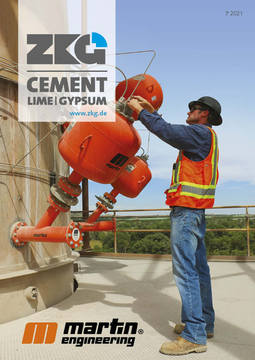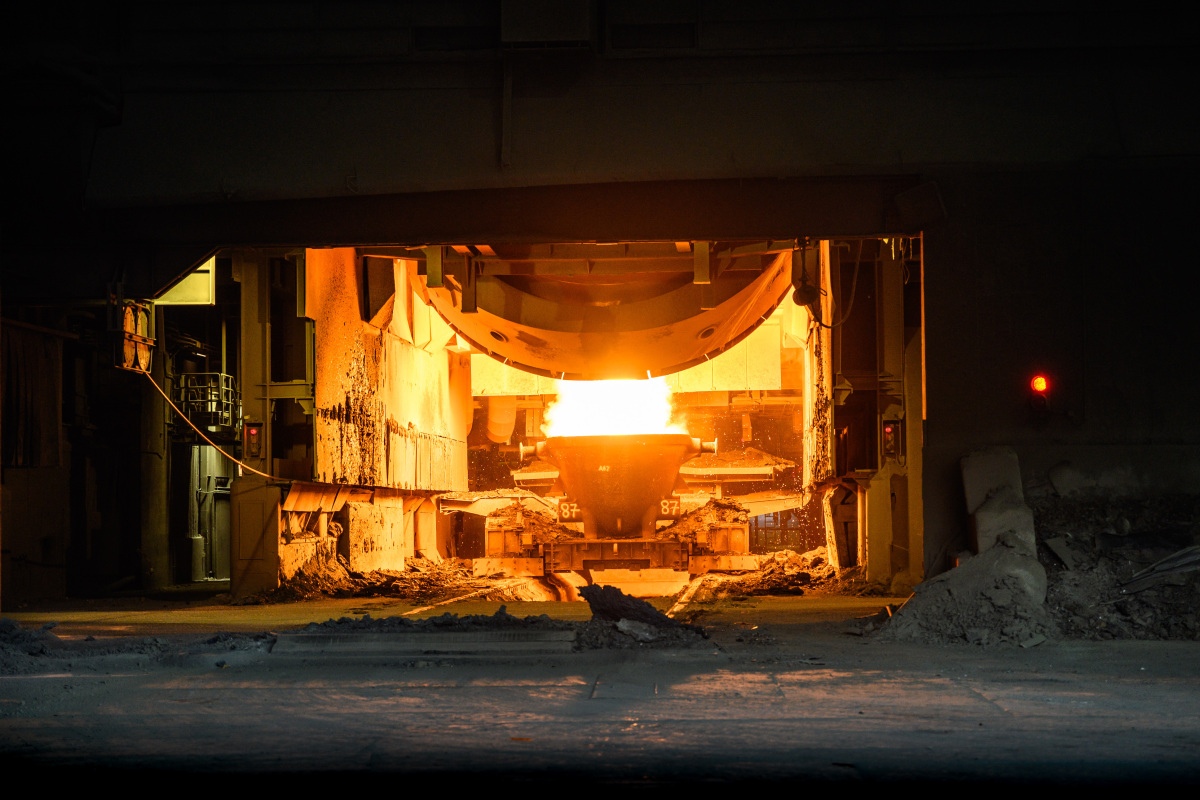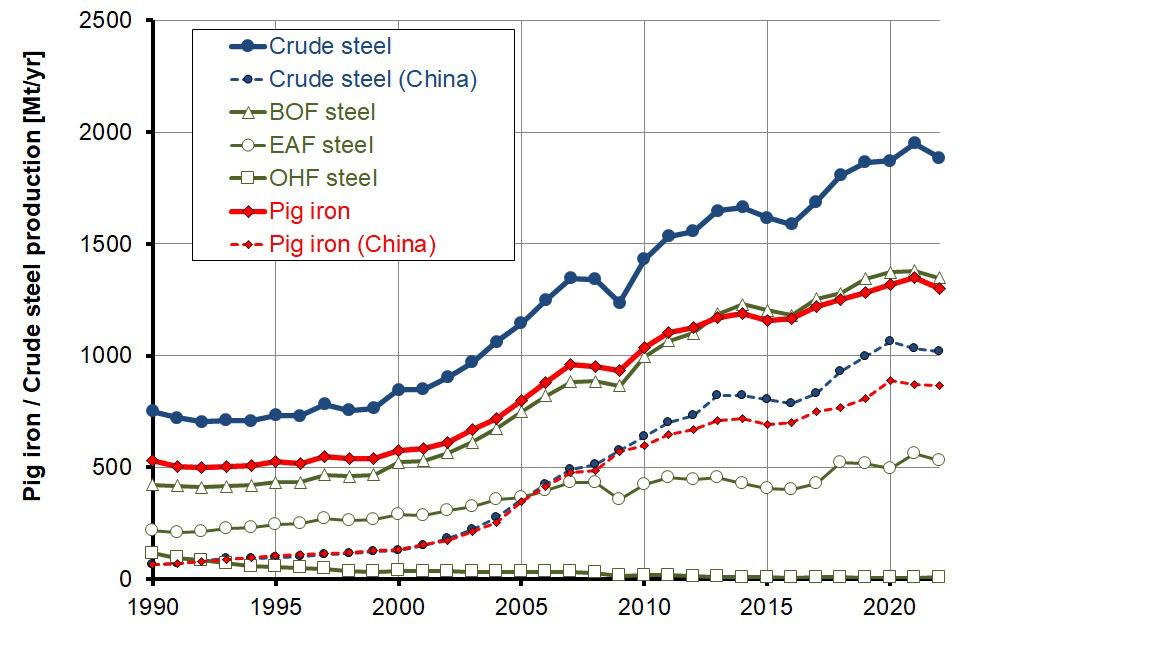Demand for iron slag to remain high in 2020
Demand for iron mill slag in Germany was again high last year. Due to the pandemic and the resulting decline in crude steel production to 35.7 million t, only 10.9 million t of iron slag were produced in 2020. This is 1.4 million less than in 2019, but the high demand for building materials and fertilizers produced from this industrial byproduct was met by reducing stocks. Of the total 11.2 million t of iron mill slag, blast furnace slag accounted for 7.3 million, 90% of which was used as granulated blast furnace slag in the cement industry. Of the 3.9 million tons of steel mill slag, over 2.8 million t were used primarily as industrial aggregates in transport construction. In addition, 0.4 million t were used as a high-grade fertilizer in agriculture and around 0.6 million t for internal plant recycling as a metallurgical feedstock. Despite the satisfactory results, the FEhS Institute calls for better framework conditions in the future.
Thomas Reiche, Managing Director of the FEhS Institute: “The figures for 2020 and also the trend for 2021 make it clear: secondary raw materials from the steel industry are in demand. Their sales volume remained virtually unchanged in 2020 compared with the previous year. As a result, iron mill slags and the building materials and fertilizers made from them are helping to conserve natural resources, reduce CO2 emissions and promote the circular economy, as they have done for many years. With the Closed Substance Cycle Waste Management Act and the Mantel Ordinance, the right first steps have been taken to ensure that this contribution continues in the future. However, further steps must now follow at European and national level and in the German states. In this context, justiciable regulations in public sector tenders are of particular importance.”
The use of iron slag has prevented the mining of more than 1 billion t of natural rock in Germany in over 70 years. This is equivalent to the volume of the Zugspitze mountain. By substituting Portland cement clinker with granulated blastfurnace slag in cement, the emission of over 5 million t of CO2 can be avoided each year. In total, more than 210 million t of CO2 have already been saved in Germany since 1950.



